Every man cave needs a custom sign. But a custom plasma cut metal sign takes a man caves’ décor to the next level. Custom plasma cut metal signs are the latest and greatest in man cave design, and they’re something you need to have in yours’.
Whether you outsource to a company or decide to do it yourself, a custom metal plasma cut sign can be a great addition to your hang out cave. However, the multitude of options and materials out there can be overwhelming, so read on to get a better idea of where to start.
This article will not serve as a full how-to guide to build your own plasma cut sign, but it will serve as a primer. There are many materials to pick from, CNC versus hand-cut, outsourced or DIY, sizing, proper file formatting, and much more to consider. So, let us get started on understanding what all this means.
Table of Contents
Getting Started with a Design
Before you begin cutting, getting tools, or anything else, the first step is to decide where you want your sign. Once you have that figured out, you need to plan your design. Starting with pencil and paper is a great option to get your ideas down, but as we go on, you may have to transfer those ideas.
Putting your ideas into a photo editing software, 3d modeler, or outsource it to a graphic designer is the best way to go about starting your design. Additionally, I would not recommend getting too attached to one design, as the material you choose and your methods of cutting will limit your options.
Important Information to Keep in Mind
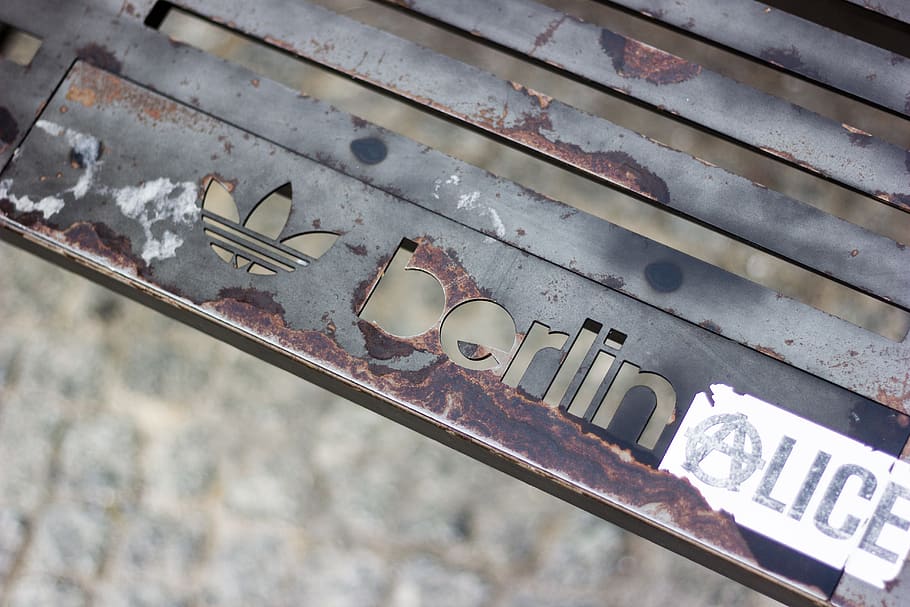
If you decide to outsource your designing process to a graphic designer, then a simple sketch and instructions should suffice for this first step. Your graphic designer will ask more questions as needed to meet your specifications.
However, if you are going to design it all yourself, then there are a few important factors to keep in mind. First of all, it is “orphan shapes.” A term that refers to pieces of your design that are meant to be a part of your finished product but are not attached to anything.
Think of it like bubble letters. If you were to draw a bubble “B,” the two small holes in the center would be wanted as a part of your final design. However, when cut, there would be nothing holding those shapes in place, so they would be cut out and not be in your final design.
To remedy this, you need to attach bridges from these holes to the rest of your design. To see a visual example of this, I highly recommend going online and looking at plasma cut projects. You will notice that letters, along with everything else, are attached to the overall design through bridges. This is best seen in the letter “O” where there will be a metal bridge at the top and bottom to connect it to everything else.
An Exception to Bridges
There is an important exception to this bridge idea. This idea of having everything connected is for when you are designing something that will be all a square plaque or as part of a larger sheet of metal.
However, you also have the option of having a design that is free from a surrounding piece of metal. Imagine a design that is just cursive lettering or where the design is free standing.
The difference between the two would be a Labrador cutout where the free-standing one would be the piece of metal that is cut out from the larger sheet, and the one that needs bridges would be the empty space the Labrador left in the sheet.
Ultimately this design choice is up to your personal taste.
Design Software
If you plan on doing all your cutting yourself, then using design software is not completely necessary, though it is helpful. Learning it will allow you to quickly see different permutations of your design, quickly edit and erase, as well as being a useful skill for future projects.
However, if you plan on designing yourself and then sending your design off to be cut somewhere, then you will probably need to learn. The main types of software to choose from will be 2d design software such as Photoshop or 3d design software such as Autocad or Fusion360.
The choice between these will be up to you, but both are very useful in the long run for DIY projects.
Do Your Research
However, if you are going the route of designing yourself and outsourcing the cutting, I highly recommend looking at different companies that offer to cut. This could dictate what you need to learn.
Companies may prefer certain types of files over others. Additionally, depending on the company you choose, you may not have complete control over your design. This is because some companies will have a set group of clip art designs you can choose from to mix and match or stand-alone.
There is a plethora of options for companies that offer a variety of services at different prices, so look around and find one that fits your needs and budget.
Sizing Your Design
The last main aspect to keep in mind for your design is the size. This, of course, encompasses the overall size and space you have for your finished sign, but also to the intricacies of the design itself.
Whether you go the CNC route or the hand-cut route, your design will ultimately be cut out of metal. This means that if you have very fine details in your design, they may be lost in the final cut.
As a rule of thumb, do not design anything that is smaller than 1.5x the thickness of your chosen material. This will help your design look how you intended and will help you pick a material.
What Type of Metal is Best for Plasma Cut Sign
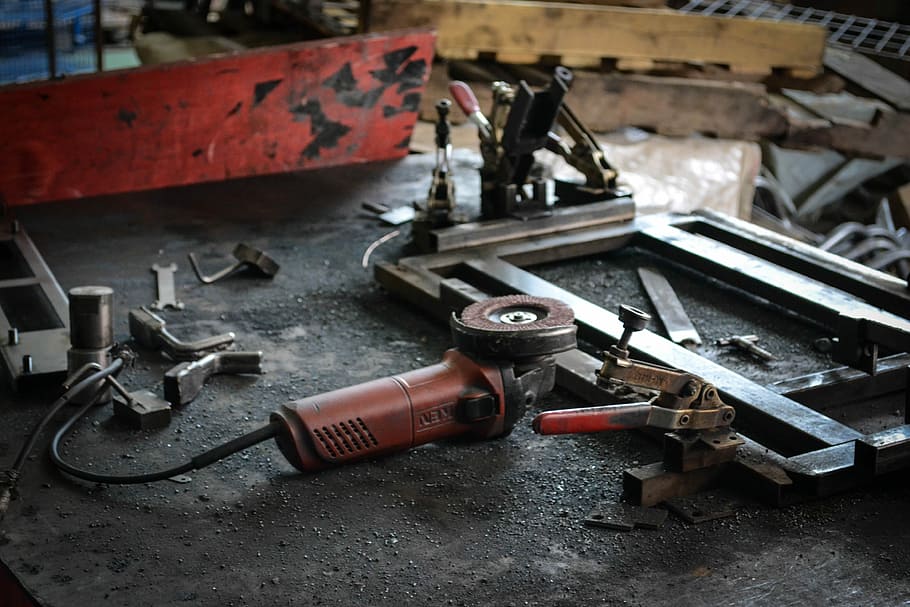
There is no one type of material that is best, but there are a few commonly used ones that will yield different results.
The type of metal you choose will also, in part, dictate the intricacy of your design, the overall look, and the price. Regardless of which you choose, I highly recommend looking up projects that have been done in the material you are looking at to make sure you like the look of it. After all, you are going to be hanging this up in your space.
Carbon steel

This type of metal is very strong and brittle. You probably already have some of this metal in your kitchen. Good quality works are made of carbon steel. Carbon steel is a fairly popular option due to its relatively low cost and versatility.
Keep in mind that certain environments may cause it to rust, but this can be counteracted with an exterior coating. If you go the DIY route, then oxygen will be your best option for gas when cutting this material, but we will talk a little more about gas later.
If ordering from a company, just make sure you like the finished look of this type of metal.
Aluminum

Aluminum is a little different. There are many types of aluminum that all have slightly different properties and applications.
Overall though, they will have high conductivity, will be lightweight, and will be relatively affordable. It is affordable, and if you plan on welding anything to your sign or welding your sign onto something, aluminum will do so easily.
However, you will need to keep in mind that aluminum has a lower melting point than some of the other metals, meaning that you have the possibility of forming dross. Dross is melty pieces of metal that adhere to the tops and bottoms of your material, as well as occasionally on your actual cutter. If you are outsourcing, you will not need to worry about this, but if you go the DIY route, keep it in mind.
Cold Rolled and Hot Rolled Steel
These types of metal differ in how they are processed. Neither are very common in sign making, but especially hot rolled. However, if you decide to go with this option, the main thing to keep in mind is that the finish will be a little different on each.
The cold-rolled will have a smooth and oily surface, and the hot-rolled will have a non-oily and scaley surface. As with the rest, I recommend taking a look at projects in this style to see if you like the look.
Brass and Copper
Brass and Copper will result in a very specific finish. However, there is not anything too different about them from other metals.
You should cut similarly to steel, and also release toxic fumes like many others. Brass will be even more corrosion resistant than steel, but unless you plan on submerging your sign, it will not make much of a difference. Make sure to take the proper safety precautions if you plan on cutting these materials yourself.
Cor-Ten
This is one of the more interesting metals on this list, in my opinion. Corten was originally a brand name product, but like Kleenex and Band-aid, it has become a proprietary eponym. It is also unique in that its rusty surface is a defining characteristic.
This rust that forms actually serves as a protective coating for the metal and more of it will form over time. Additionally, if you want to speed up the process of this rusty look, you can spray it with diluted hydrochloric acid as well as water a few times a day.
Make sure to practice proper safety precautions when handling hydrochloric acid because it can melt through the skin easily.
Stainless Steel

A tougher material that, as the name implies, does not corrode. This means you can be sure that the shiny metal finish of your sign will stick around. The cuts on your stainless steel should be clean, but dross can form.
Dross formed with stainless steel will be more difficult to clean up than aluminum dross. An important factor to keep in mind is that the fumes released from cutting stainless steel are toxic, so make sure to have a method of dealing with them to ensure you are protected.
The best gas to use for cutting this is up to debate, but if you want more information on cutting stainless steel specifically, this article answers some of the most commonly asked questions.
Where Can You Find Them?
If you plan on ordering from a company, there are plenty of options online that offer a variety of services and products. Make sure to do your research and see what is offered, what pricing looks like, and how much shipping costs will be.
Additionally, you can also see if there are local shops that offer services near you. Going in and talking in person could be a great way to get more information. However, if you do plan on making it yourself, the process will be a little different. In this case, you will need to find a way to source your metal and tools.
There are plenty of metal shops, and chances are there is one near you. But, doing it yourself also comes with many more factors to consider.
How to Make Your Own?
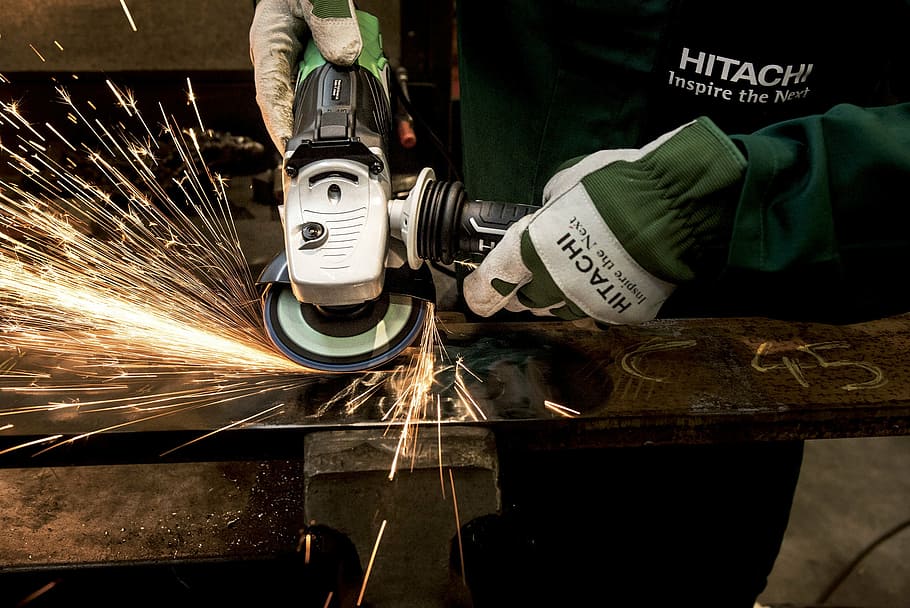
To begin with, you will need to pick a plasma cutter. When picking out your cutter, you will need to consider the amps output, the voltage, the size, and what other components it comes with.
All of this will affect your cuts cleanliness, how thick of material you can cut, what materials you can cut, and the speed at which you can cut them. Additionally, some plasma cutters will come with a replacement or different styled torches.
If you plan on using your plasma cutter for a variety of projects, the ability to change your torch style could be important.
The next thing you will need to pick is your metal type. I covered some of the basic aspects earlier in this article, but I cannot stress enough the importance of looking up information about your chosen material.
Not only will this yield the best results for your sign, but more importantly, it will keep you safe. Each type of metal can come with its own quirks such as melting points, gas emissions, ability to weld, and many more.
Additionally, picking out your metal will also dictate what kind of gas you need for your plasma cutter as well as which plasma cutter you will need.
Safety
I have mentioned taking safety precautions a few times in this article because you will be working with hot metal, noxious gasses, and bright light. That being said, many people do this on their own, so if you have your heart set on trying it yourself, then it is possible to do safely. You will need:
- A well-ventilated area to disperse the toxic gasses
- Gloves to help prevent burns
- Heat-retardant clothing for stray sparks
- Eye protection in the form of glasses or helmet. There are many different shades of eye protection, so you will need to make sure you find the proper amount of shade for the type of metal and plasma cutter you are working with. Each metal and gas burns differently, so make sure you do your research and are getting eye protection that is a high enough grade to keep your eyes safe.
CNC vs. Hand

So far, we have mostly only covered hand plasma cutting. However, there is the option of using CNC. CNC is short for computer numerical control, and as the name implies, it is when you use a computer to cut out a set path on the selected material.
CNC is not only limited to metal but instead has many applications. If you choose to outsource your cut, most places will use CNC to cut out your sign because of how precise it is. However, if you choose to cut yourself, you will need to purchase a CNC table and learn how to use software to control it.
In the long run, this can be an extremely useful skill to have, but it does have a learning curve.
CNC is a great option due to its precision and automated nature. If you have a file with the necessary information, you can leave your machine running, and it will do all the work for you cleanly.
However, CNC tables can also be pricey, so make sure the investment is worth it for you. Lastly, purchasing your own CNC table for plasma cutting comes with a variety of other factors to consider. Having a way to get rid of the fumes is a common consideration when purchasing, as there are options for water tables and downdraft tables.
There is too much to cover for the scope of this article, but if you are interested in this, a quick online search will open up to a whole new world.
Gas
When outsourcing, the type of gas used will not really be a factor you have to consider, but when going the DIY route, it will. Each gas burns and reacts with specific metals differently, meaning that the type of gas you use can be as important as the type of plasma cutter you use.
Again, there is too much to cover for the scope of this article, but for the most commonly used metal for beginners, stainless steel, nitrogen is the best option. If you decide to cut different materials, you can find some useful information in this article as well as here near the bottom of the article.
Additional Customization
Along with metal type and design, there are many more ways to customize your sign. There are options for backlighting, finish, and frame. Backlighting may be offered by some companies, but doing it yourself is also an option.
For a finish, there are many options to get your desired look, from powder finish to exterior coats. For the frame, you can choose to have a frame in the back to add support to your larger designs or as part of your design.
Custom plasma cut signs can be a great addition to any space and have a load of customization options to get it looking exactly how you want it. While there are a lot of factors to consider, it also means there are a lot of options for how your sign looks in the end.

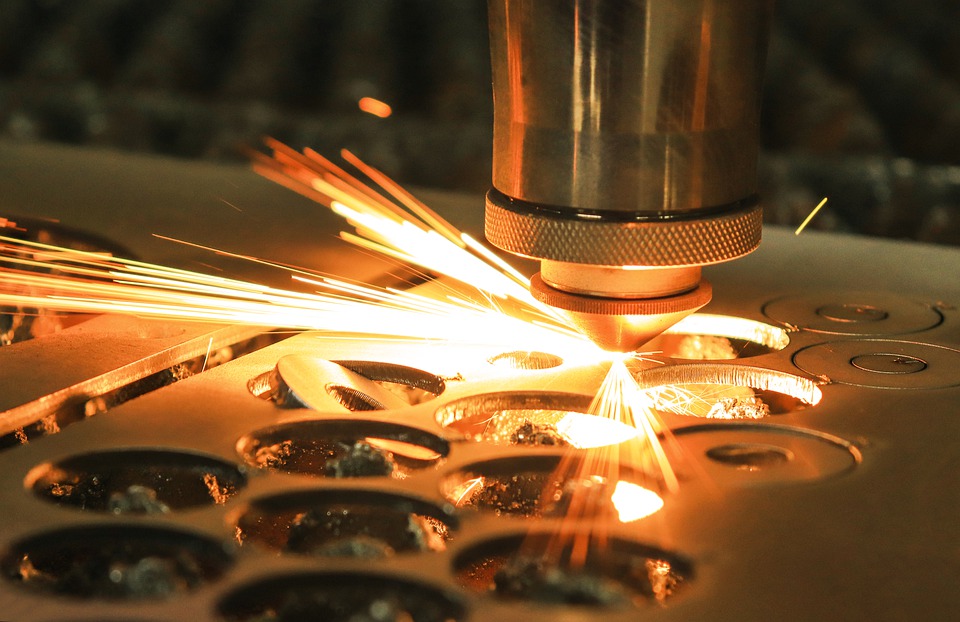
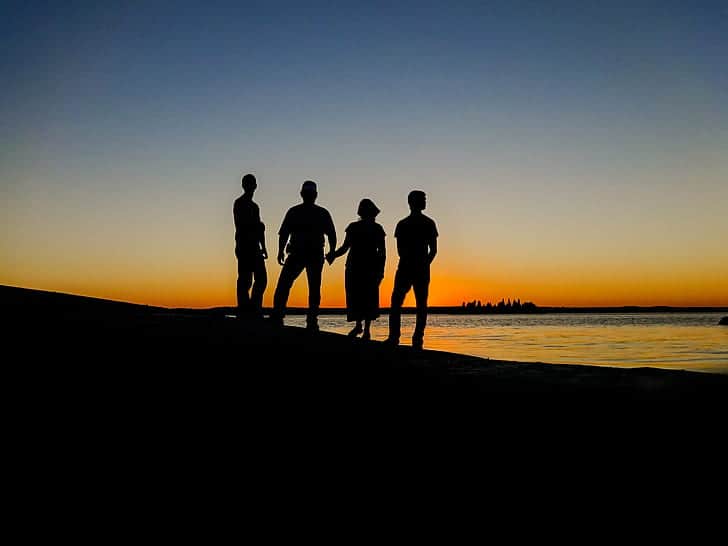
What a post! That is so chock full of useful
information I can not wait to dig deep and get started using the resources you have given me.
Amazing post. It is interesting to read what other people thought
and how it relates to their customers, as their perspective could possibly help you later on.
Best regards,
Lunding Zacho